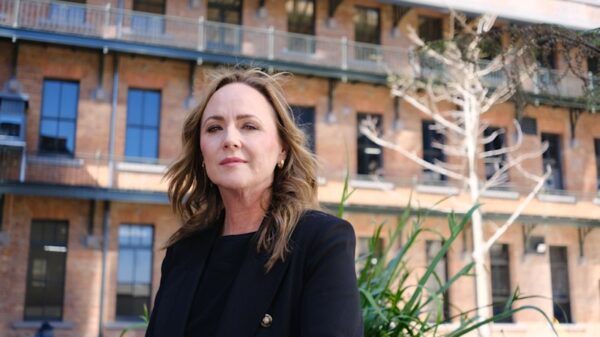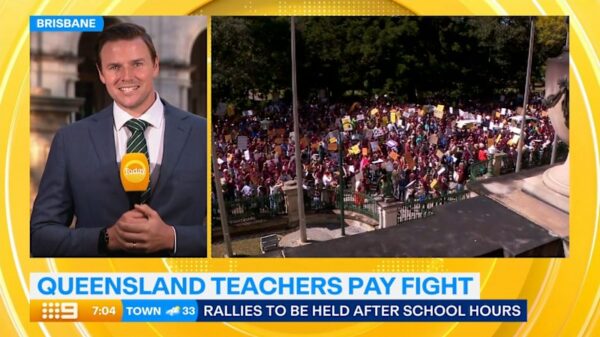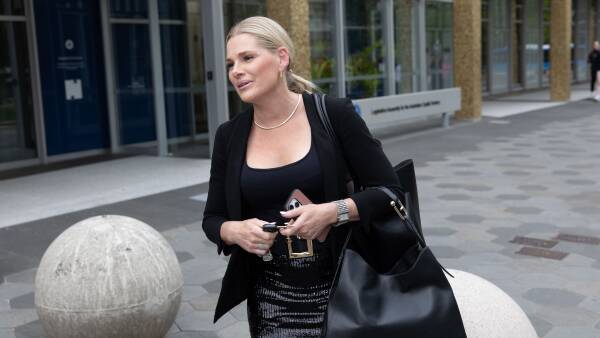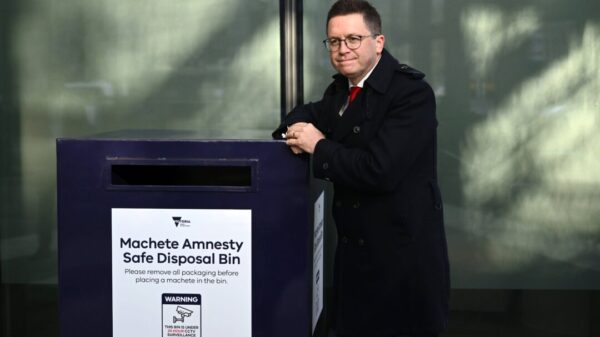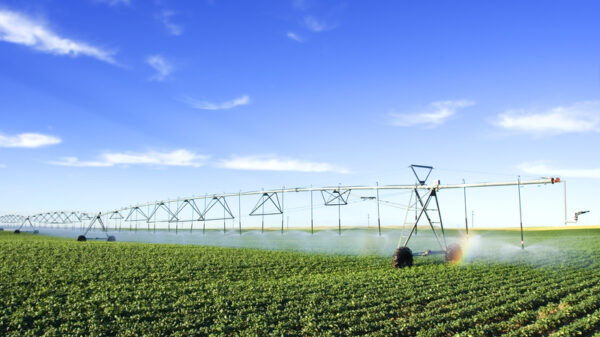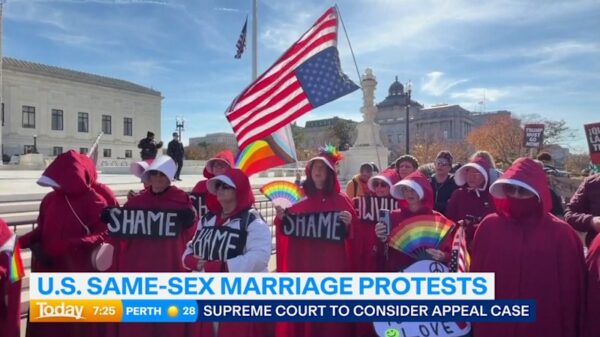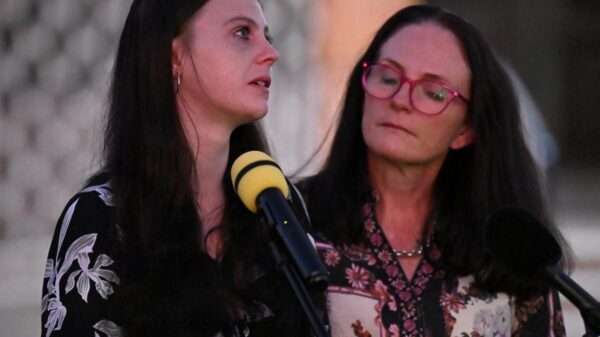UPDATE: In a significant shift, the Australian government has confirmed that children under 16 will be barred from accessing YouTube as part of an expanded social media ban. This announcement, made earlier today, means YouTube will join platforms like Snapchat, Facebook, Instagram, and TikTok, which were already included in the legislation passed by parliament in late 2024.
The decision comes following advice from eSafety Commissioner Julie Inman Grant, highlighting that children are particularly vulnerable to harmful content on YouTube. Prime Minister Anthony Albanese emphasized the urgency of the ban, stating, “There is no doubt that Australian kids are being negatively impacted by online platforms so I’m calling time on it.” The ban is set to take effect in December 2024.
This move aims to prevent social harms linked to social media exposure. Albanese reassured parents, saying, “I want Australian parents to know that we have their backs.” The ban will impose hefty fines of up to $49.5 million on platforms that fail to restrict access for underage users.
The inclusion of YouTube in this ban has sparked significant discussion. Earlier this year, a report by the online safety watchdog found that children were more likely to encounter harmful content on YouTube compared to any other platform. However, concerns have been raised regarding the implications for marginalized children, especially those in rural or regional areas who rely on the internet for community connection.
Despite the government’s optimism, the effectiveness of the ban remains uncertain. A trial commissioned by the federal government indicated that age assurance technology may not consistently prevent young children from accessing social media. Communications Minister Anika Wells acknowledged the challenges, stating there is no “one perfect solution.” However, she remains hopeful that the new rules will provide children with a reprieve from social media’s “persuasive and pervasive” influence.
As parents and educators brace for the changes, the final report from the age assurance technology trial is expected later in 2025, which may provide further insights into the implications of these new regulations. This developing story continues to unfold, and its impact on Australian families will be closely watched in the coming months.





